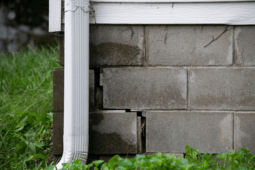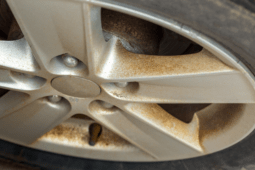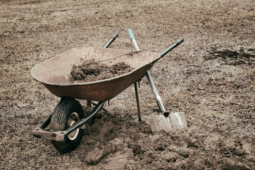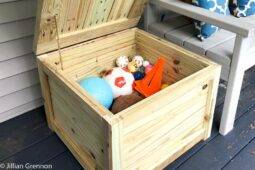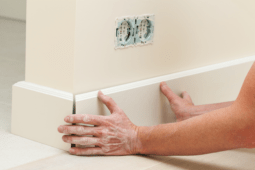How to Choose the Right Sandpaper Grit
Choosing the right sandpaper grit is critical for achieving a smooth and professional finish on your woodworking projects. With so many different types of sandpaper available, it can be overwhelming to determine which grit to use for a specific task.
In this article, we will go through the different sandpaper grits, their uses, and how to choose the right grit for your project.
What is Sandpaper?
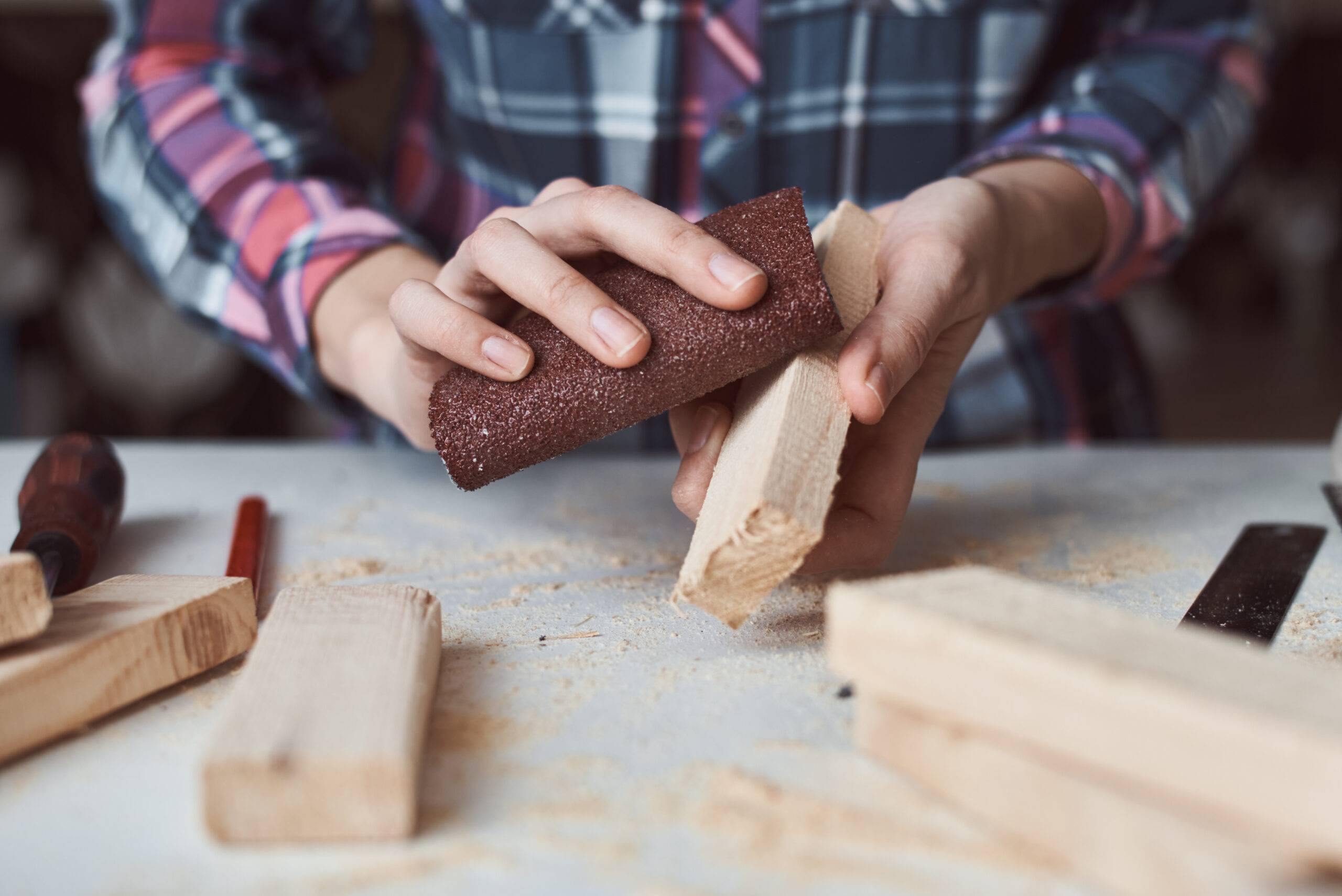
First, let’s discuss what sandpaper grit is. Sandpaper grit is measured by the number of abrasive particles per square inch on the sandpaper. The higher the number, the finer the grit. For example, 80-grit sandpaper has 80 abrasive particles per square inch, while 220-grit has 220 particles per square inch.
Sandpaper Grits and Their Uses
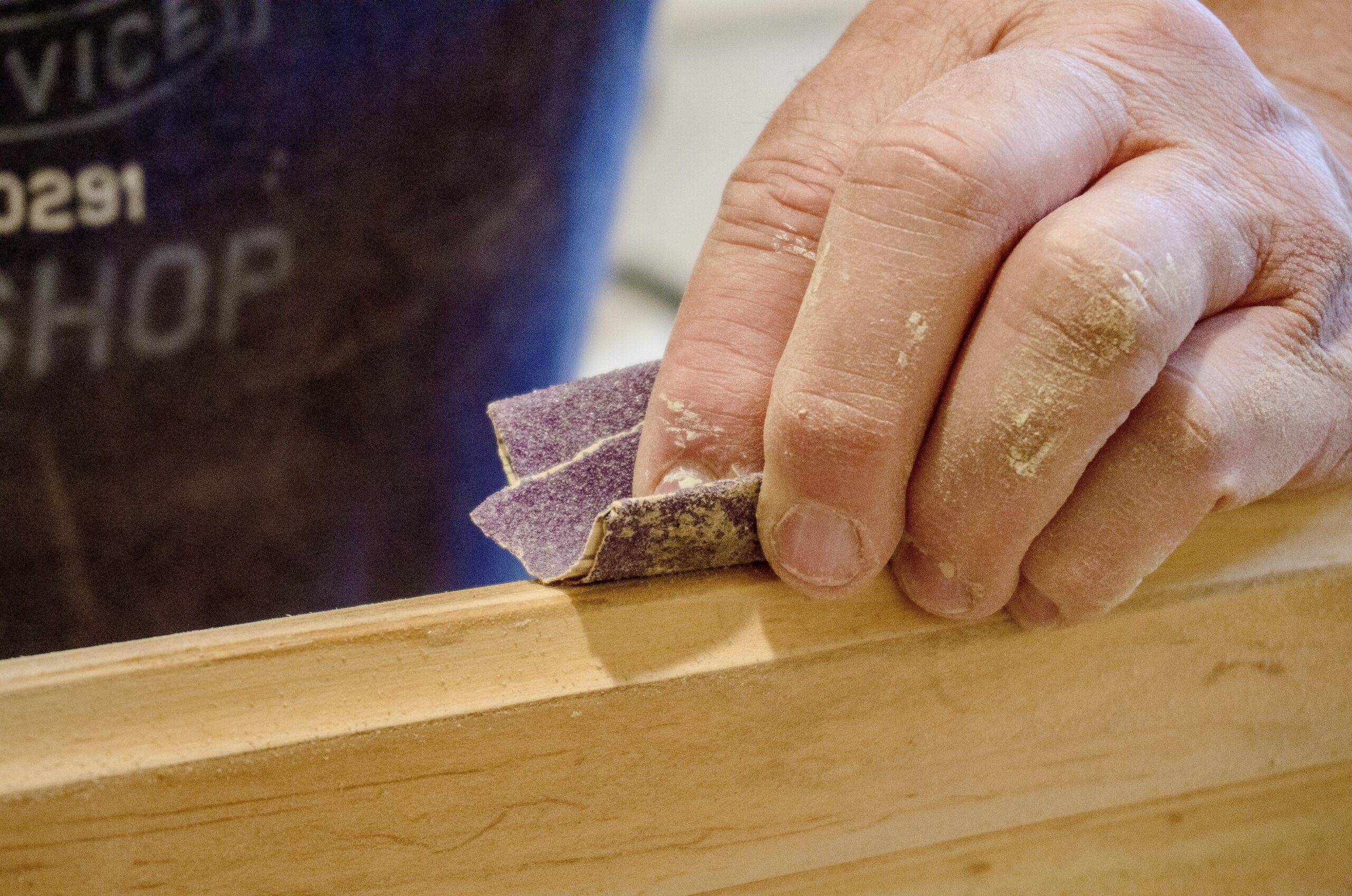
Now, let’s take a look at the different grits and their uses:
- 40-60 grit: This is the coarsest grit and is used for heavy sanding and removing rough surfaces. This grit is ideal for removing paint, varnish, and rust from metal.
- 80-120 grit: This is considered medium grit and is used for sanding surfaces that are already relatively smooth. This grit is ideal for removing scratches and preparing surfaces for paint or stain.
- 150-180 grit: This is a fine grit and is used for final sanding before applying a finish. This grit is ideal for removing small imperfections and preparing surfaces for a final coat of paint or stain.
- 220-240 grit: This is an extra-fine grit and is used for sanding between coats of paint or stain. This grit is ideal for achieving a smooth and even finish.
How to Choose the Right Grit Sandpaper for Your Project
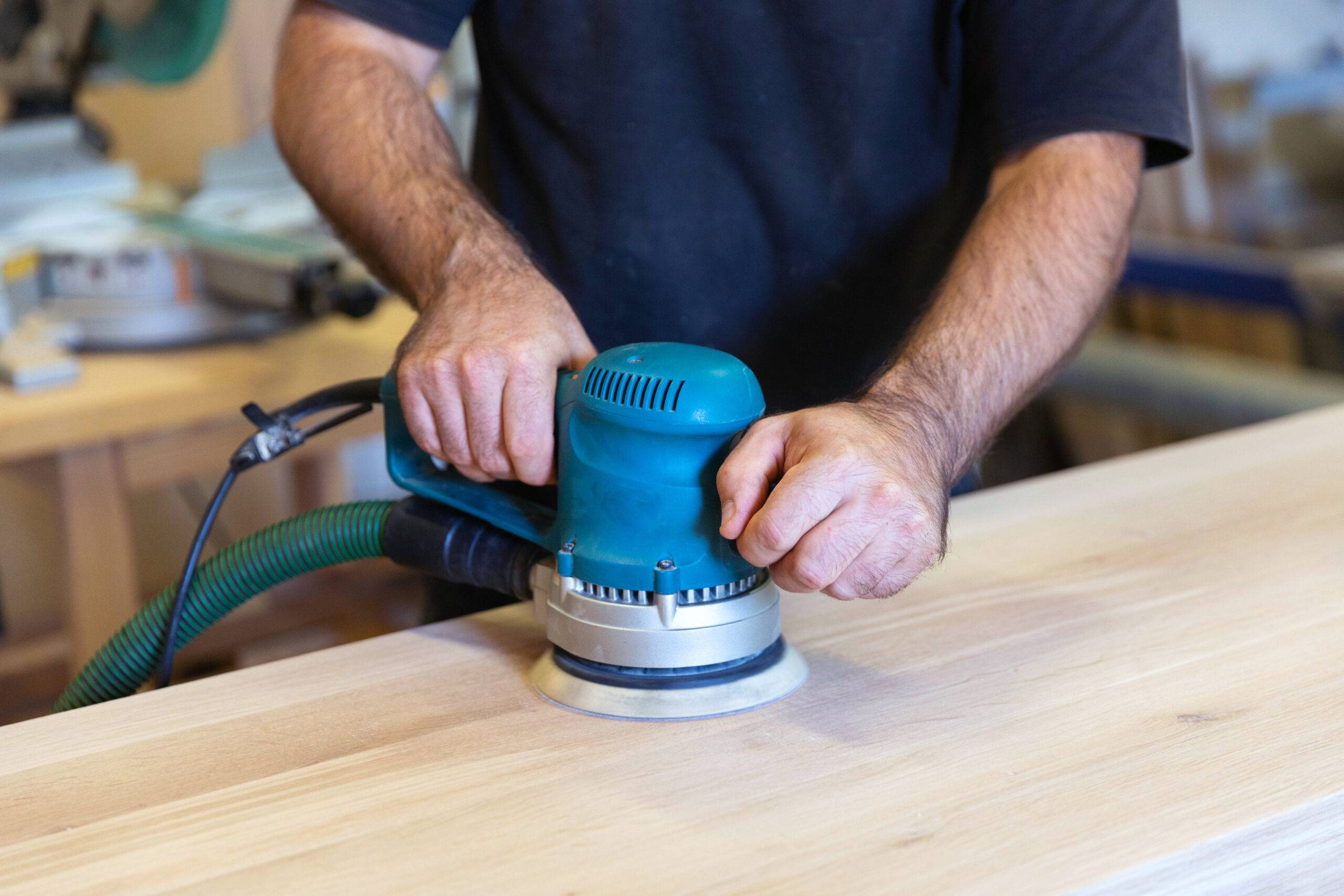
The first thing to consider is the material you will be sanding. If you are sanding wood, you can start with a medium grit, like 80-120, to remove any imperfections or scratches. If you are sanding metal, you may need to start with a coarse grit, like 40-60, to remove rust or paint.
The second thing to consider is the level of smoothness you want to achieve. If you are preparing a surface for paint or stain, you will want to use a finer grit, like 150-180, to achieve a smooth finish. If you are sanding between coats of paint or stain, you will want to use an extra-fine grit like 220-240 to achieve a seamless finish.
Lastly, consider the type of sandpaper you will be using. Sandpaper can come in sheets, discs, or belts. Sheets are ideal for hand sanding, while discs and belts are ideal for power sanding.
Importance of Choosing the Correct Sandpaper Grit
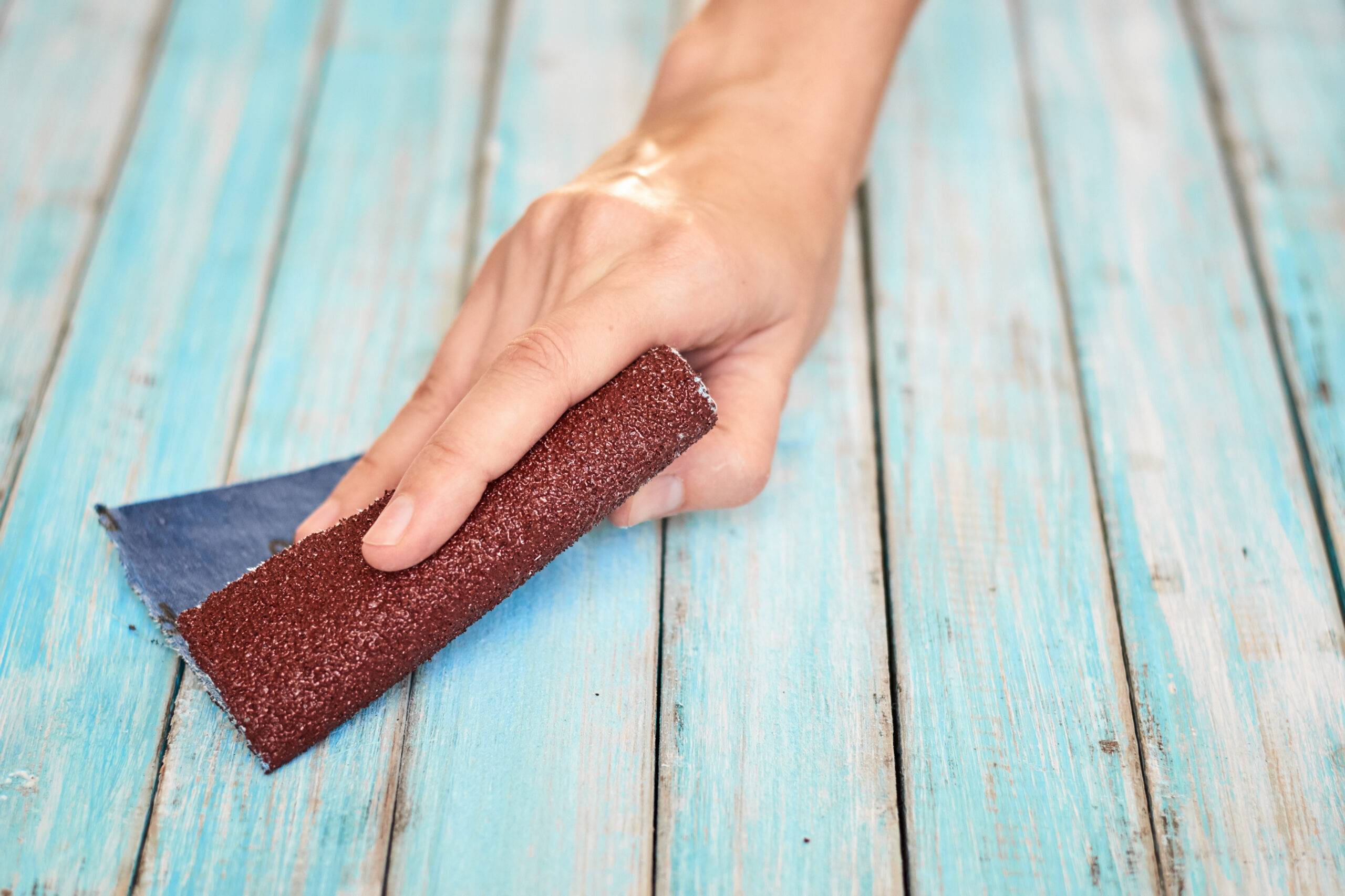
Choosing the right sandpaper grit is critical for achieving a professional finish on your woodworking projects. Consider the material you will be sanding, the level of smoothness you want to achieve, and the type of sandpaper you will be using. With these factors in mind, you can confidently choose the right grit for your project and achieve a smooth and flawless finish.
Tips for Using Sandpaper Effectively
To make the most of your sandpaper, consider these helpful tips: always sand with the grain, apply even pressure, change sandpaper frequently, and progress through the grits gradually. These techniques will ensure a consistent and professional-looking result.
Sandpaper Alternatives for Woodworking
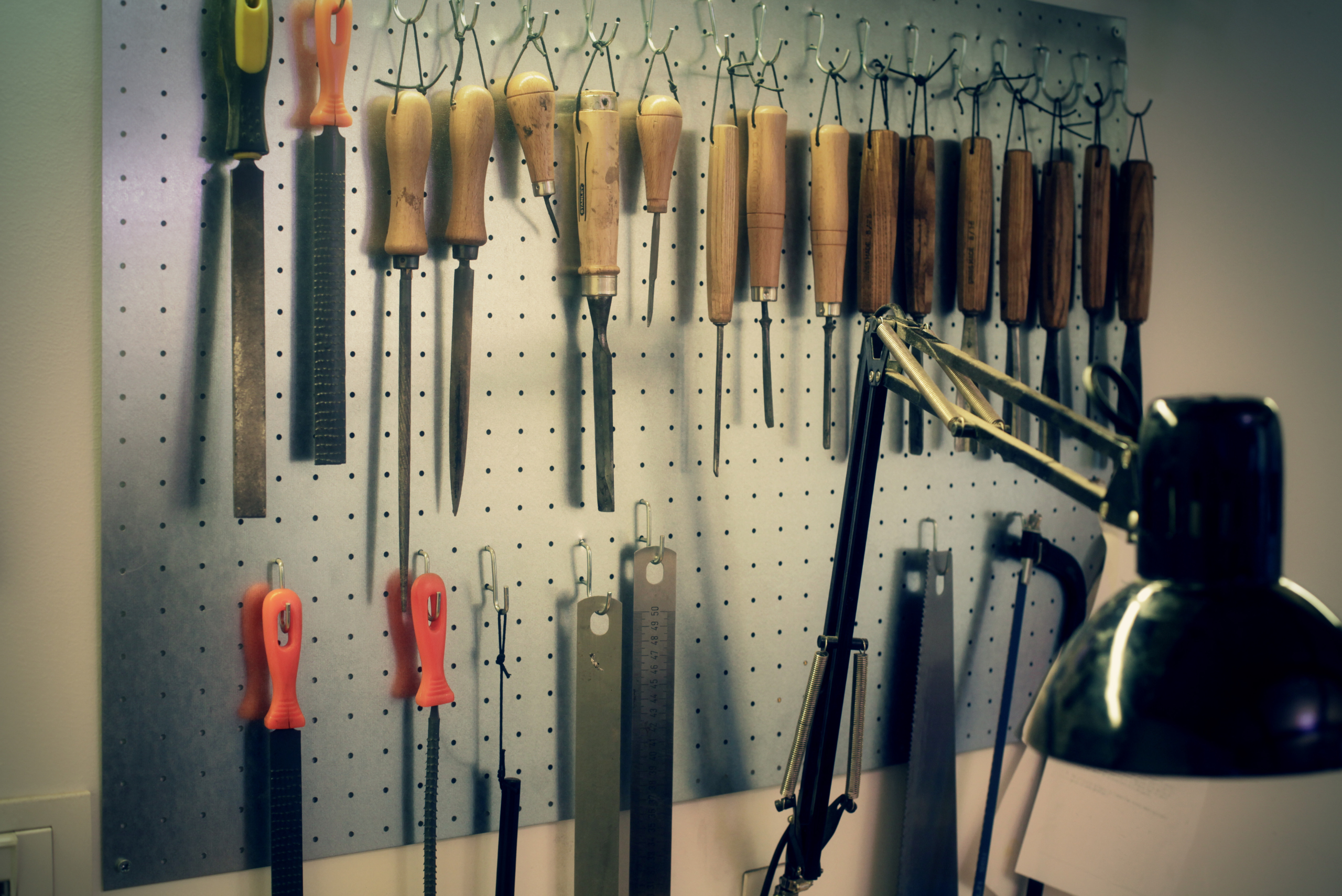
While sandpaper is the go-to tool for wood preparation, several alternatives exist. Sanding blocks, emery cloth, walnut shells, pumice, scrapers, and hand files can be used to achieve similar results depending on the project. Experimenting with different methods can help you find the most efficient and effective technique for your woodworking needs.
Frequently Asked Questions about Sandpaper Grit for Wood
Can I use a higher grit sandpaper to remove material faster?
No, using a coarser grit sandpaper is more effective for material removal. Higher grits focus on refinement and finishing.
How long does sandpaper last?
The lifespan of sandpaper varies depending on usage. It is recommended to change sandpaper when it becomes clogged or worn.
Other articles you might enjoy:
- How to Fix Scratches on Wood Floors Correctly
- How to Sand and Stain Wood Floors For Best Results
- How to Remove Wallpaper
Understanding sandpaper grit and choosing the right option is vital to achieving the best results in your woodworking projects. By utilizing the different grit ranges, matching them to wood types and projects, and taking advantage of effective sanding techniques, you can transform rough wood surfaces into polished masterpieces. Remember, the key is to start with a coarse sandpaper grit and progress to finer grits to ensure a flawless finish every time.


